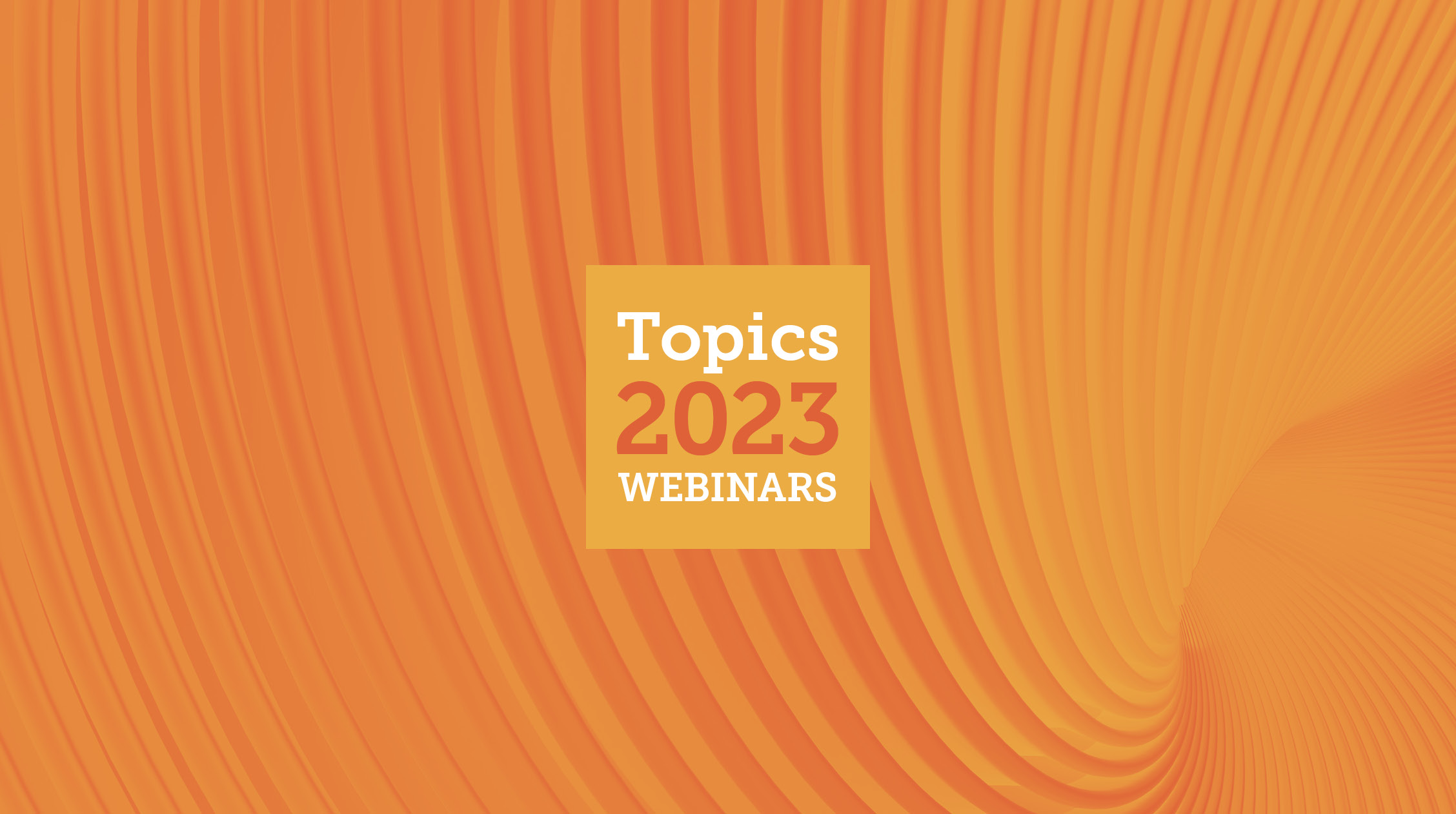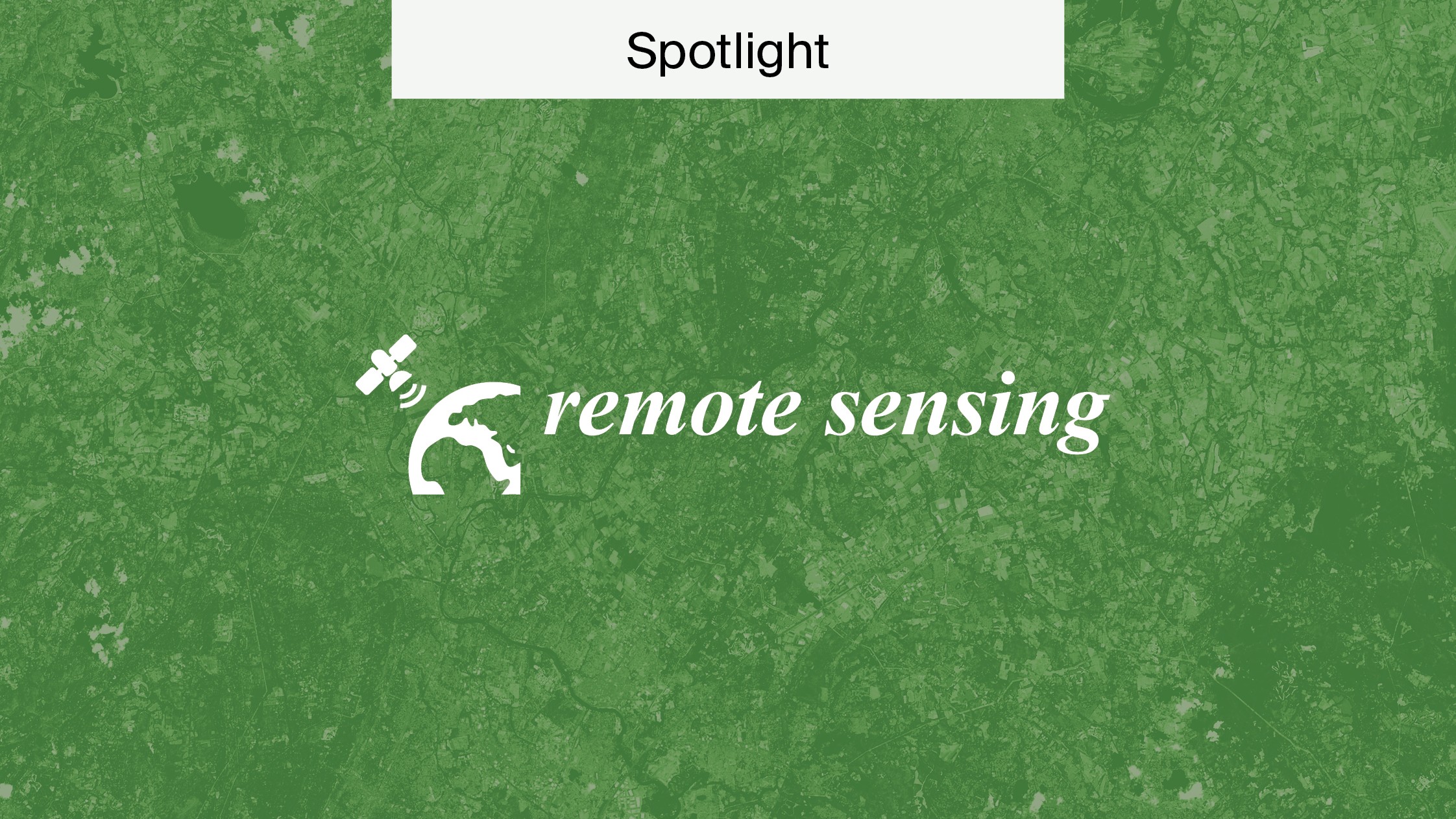
Topics Webinar: Drones in Geographical Applications
Drones are consistently breaking boundaries in multiple fields, including photography, science, defence, technology, and in police investigations. As drone monitoring technology continues to develop, it’s important to explore all the advancements in this field and their applications.
Recently, the Topics collaborated with other MDPI journals including Drones, Remote Sensing, and The International Journal of Geo-Information and Land to organize a webinar on current drone applications. Here we summarize the webinar.
The webinar included four presentations, three from experts in the environmental research field and one from a specialist in drone technologies. The presentations demonstrated how drones are changing fields of research and the future of drone technology.
Chair
The webinar was chaired by Dr. George P. Petropoulos, an Assistant Professor in Geoinformatics at the department of Geography, Harokopio University of Athens, Greece. He is an expert in Exploit Earth Observation technology. This is data concerning Earth’s physical, chemical, and biological systems using remote sensing technologies such as drones. This technology can be used to monitor changes in natural and manufactured environments. Dr Petropoulos’s research interests include soil vegetation atmosphere transfer models (SVATs).
SVATs are mathematical models used to connect global and regional climate models to more accurately describe how soil, vegetation, and water surfaces interact with the Earth’s atmosphere.
Speaker 1: Professor. Dr. Salvatore Manreda
The first speaker of the webinar was Professor. Dr. Salvatore Manfreda from the Department of Civil, Architectural and Environmental Engineering, University of Naples Federico II, Italy. His research activities focus on distributed hydrological modelling, flood risk assessment, stochastic processes in hydrology, river monitoring, and drone-based monitoring.
Drone Technology in Hydrological monitoring
Hydrological monitoring is a real-world system that is used to monitor and predict water resources. This is useful for tracking and monitoring floods and droughts, which can help to minimize the negative impacts of these events.
Floods and droughts can have devastating effects on both the environment and human lives. Floods can lead to the loss of lives. In addition, they can also devastate human settlements and communities.
Droughts can change the whole landscape of environments and even affect ecosystems. Water shortages caused by droughts can result in the loss of human and animal life. Because of this, the food supply can also become limited due to lower grass and vegetation growth. This can result in animals venturing further to find new food sources, such as roads and highways. Making them more susceptible to road collisions and accidents.
Professor. Dr. Manfreda’s research focuses on pulling together techniques of unmanned aerial vehicles such as drones, for agricultural and ecosystem monitoring.
Unmanned Aerial Systems for Monitoring Soil, Vegetation, and Riverine Environments
The presentation described various techniques for stabilizing unmanned aerial system imagery. It demonstrated the goals of Dr. Manfreda’s research, which is to define integrated procedures to improve environmental monitoring capacities using unmanned aerial systems.
This specifically focuses on improving the capabilities around monitoring river basin processes. Being able to monitor river basin processes efficiently allows scientists to track water levels and is essential for environmental maintenance.
Speaker 2: Dr. Prashant K. Srivastava
The next speaker was Dr. Prashant K. Srivastava from the Remote Sensing Laboratory at the Institute of Environment and Sustainable Development in Banaras Hindu University, Varanasi, India.
His research activities focus on hydrological sciences, soil moisture active passive (SMAP) satellite soil moisture retrieval, algorithm development, and instrumentation and simulation for various applications. He has worked with various associations including NASA on satellite soil moisture retrieval.
Drone technology in the SMAP mission
The SMAP mission is an orbiting observatory launched by NASA, which monitors and measures the amount of water in the surface soil across Earth. It’s designed to measure soil moisture every 2-3 days.
Soil moisture indirectly affects humans in a variety of ways. For example, soil moisture can help us understand the water and heat energy flows between the surface and atmosphere. This energy can significantly impact the weather and climate.
Monitoring soil moisture can help to improve weather and climate predictions. This can help humans to prepare for any abrupt changes in weather and climate, such as drought and floods. SMAP can be used to help to forecast crop growth and food production.
In recent years, climate change has significantly impacted crop production. In fact, it’s predicted that climate change will increase the number of undernourished people globally by 2080 by 5-26%. Soil moisture is crucial for efficient plant growth. By monitoring soil moisture, scientists can intervene when soil moisture is low and produce favourable conditions for crop production.
Role of UAV in Precision Agriculture: Exploring the Capabilities Through Case Studies
The presentation promoted using drone technologies in agriculture as well as their advantages in this field. It specifically explored precision farming and how drones can provide real-time data analytics to improve farm productivity by mapping spatial variability in the field.
The presentation identified large gaps in research that need to be further explored to understand the imagery and data that drones can provide.
Specifically, understanding the methodology and drone flight angles for optimum crop health assessment, and especially for mapping crop disease patterns.
Speaker 3: Dr. Ionut Sandric
The third speaker was Dr. Ionut Sandric from the Faculty of Geography, University of Bucharest, Bucharest, Romania. His research activities include natural hazard monitoring and modelling, using artificial intelligence, drone, and satellite imagery.
He has over 15 years of experience working in space-time modelling, uncertainty propagation and satellite imagery processing. He has also been involved with important research projects like landslide hazard modelling using Bayesian computation, biodiversity and species distribution modelling, soil moisture evaluation using satellite imagery products, urban heat island and ecosystem services.
Landslides and drone technology
Landslides are caused by disturbances in the natural stability of a slope, resulting in the abrupt movement of a mass of rocks or debris. These disturbances can be caused by heavy rain, droughts, earthquakes, and volcanic eruptions. Because of this, they can have devastating effects such as loss of lives, and damage to the ecosystem, agriculture, infrastructure, and buildings. Landslides can occur anywhere in the world.
The areas most vulnerable to landslides include steep slopes, land affected by forest fires, and land that has been modified by human activity. According to the US Geology Society, landslides cause one billion dollars’ worth of damage each year. They are commonly monitored in countries like the US and are more of a risk in other locations such as Asia and South Africa.
In 2022, torrential downpours of rain caused devastating floods, resulting in landslides in São Paulo state in Brazil. This resulted in 48 deaths and dozens of missing residents.
Using drones to monitor landslides, and taking high-quality images of high-risk areas can help to track changes in the land over time. Furthermore, taking a series of images from the same site can highlight small changes such as cracks caused by shifting earth.
Mapping Landslide Features from High-Resolution Drone Imagery
The presentation demonstrated the results from Dr. Sandric’s research. Dr. Sandric and his team are working on producing a landslide monitoring platform known as a SlideMap. This platform uses drones to track and monitor cracks in the land which may result in landslides.
Furthermore, they monitored the orientation of trees on the land to collect any evidence of tilting or changes in their orientation. Dr. Sandric concluded his presentation by sharing his goals for the future, to further develop the program by integrating new sensors to collect more data, including precise mapping of the landslide features using algorithms.
Speaker 4: Mr. Alexander Ioakeimidis
The final speaker was Mr Alexander Ioakeimidis, a sales manager from ALTUS LSA, a company of extensive and innovative drone technologies. Furthermore, this includes solutions for defence, security, and industrial technology applications, with worldwide service and support capabilities. Moreover, his skill set focuses on software development, cyber security, penetration testing, computer-assisted military exercises, modelling, and simulation.
ALTUS LSA
ALTUS LSA develops a wide range of drones that are tailor-made for their customer’s needs. This includes land and maritime border surveillance, intelligence gathering, airborne ISR, environmental monitoring, natural disaster management, protection of critical infrastructure, search and rescue, GIS applications, power line network monitoring, and precision agriculture.
Unmanned Aerial Vehicles for ISR, Search and Rescue, Defence and Cargo Transfer missions
In his presentation, Mr. Ioakeimidis promoted ALTUS LSA and detailed what the company does. Furthermore, he went on to discuss the different specialties of drones that they produce and their features including Edomon and ATLAS 204.
Drones
Edomon drones, are designed for intelligence surveillance and reconnaissance (ISR) and are commonly used for military missions. Moreover, they are also useful for law enforcement, civil protection, and defence. Because of this they are designed to operate with minimal manpower and can be used in extreme environmental and electromagnetic conditions.
ATLAS 204 drones are for high reliability and mission capabilities in the fields of defence, security, and industrial surveillance applications. Because of this, they are designed to the highest industrial standards with specialist mission command systems.
Summary
Drones have a wide range of applications. Their technologies and capabilities are constantly being developed and improved. In addition. this webinar demonstrated the role of drones in combatting events caused by the climate crisis such as droughts, flooding, and landslides.
As it’s predicted that these types of disasters will become more common in the future, it’s encouraging to see the research and technologies that can help us to tackle them.
If you’re interested in learning more about drone technology, check out our post from last year about Mini-Drones.










